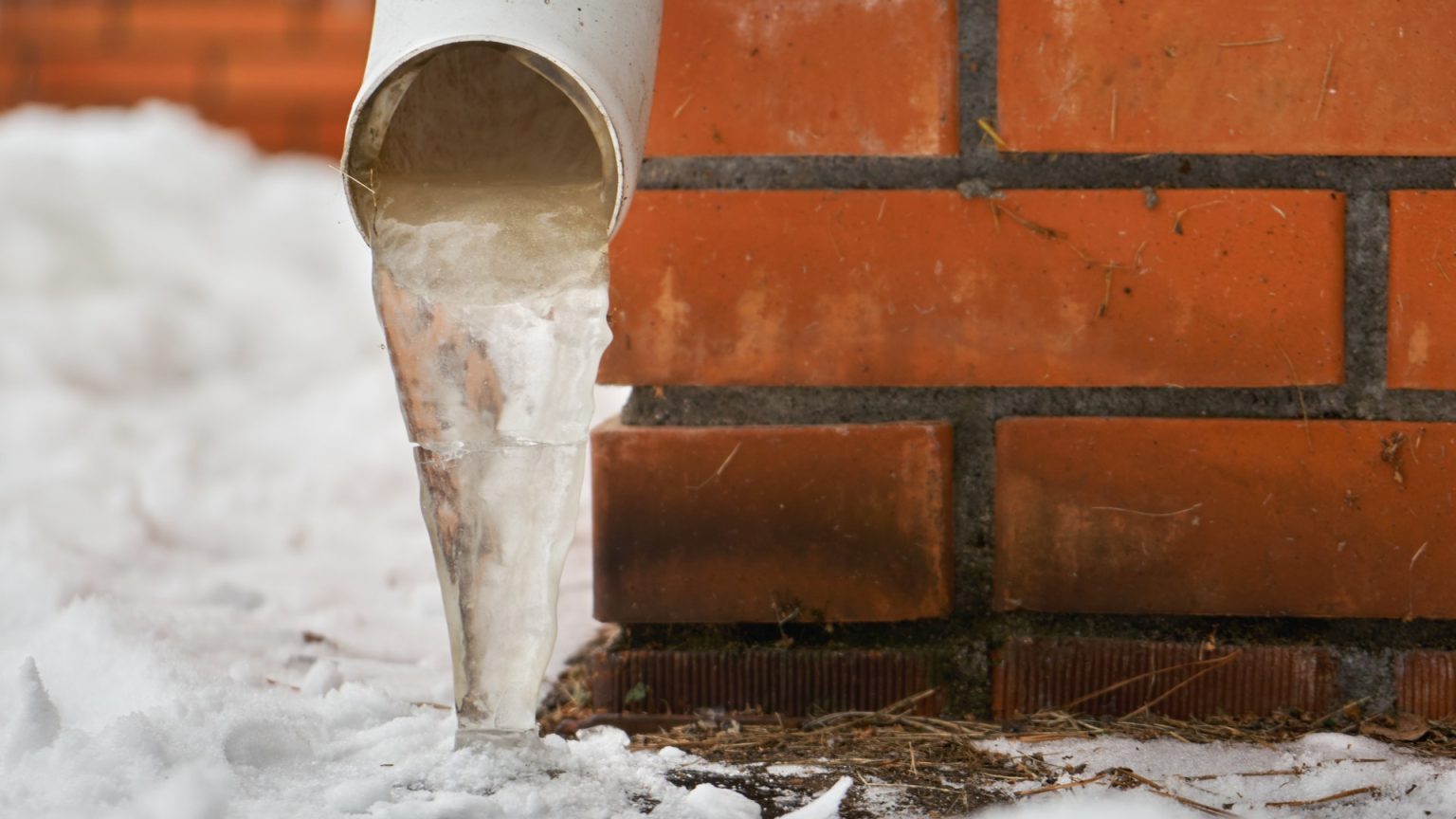Burst pipes pose a significant threat to homeowners, especially during the colder months, with the potential for extensive damage reaching upwards of £17,000 in repair costs. The expansion of freezing water within pipes can cause them to split, leading to flooding and structural damage. The risk is heightened by plummeting temperatures, snow, and ice, making preventative measures crucial during winter. Learning from past incidents, like the family forced into months of hotel living after a burst pipe in their loft flooded their home, highlights the disruptive and costly consequences of this preventable issue.
One of the most effective and affordable ways to protect your pipes is by insulating them with lagging. This material acts as a barrier against the cold, preventing the water inside from freezing. Prioritizing lagging pipes in the coldest areas of your home, such as the loft and exterior walls, is key. Lagging is readily available at most DIY stores for a relatively low cost, with options like Screwfix’s Essentials Economy Pipe Insulation costing as little as 94p per meter. When installing lagging, ensure you measure your pipes accurately to purchase the correct size and use cable ties to secure the insulation effectively. Other preventative measures include using outside tap covers and insulating jackets for water tanks, readily available at stores like B&Q and Screwfix.
Installing pipe lagging in the loft is a DIY project that can significantly reduce the risk of burst pipes. The process involves measuring the diameter and length of the pipes to ensure the correct lagging size is purchased. Most insulation fits standard pipe diameters of 15mm, 22mm, or 28mm, and is sold in lengths of 1m or 2m. The lagging should be split along the pre-marked line and wrapped around the pipes, ensuring a snug fit. For pipes running through the loft floor or along joists, the existing loft insulation should be folded back to fit the pipe lagging before being replaced. At bends in the pipe, 45-degree angled cuts should be made using a mitre box and tenon saw to ensure a tight fit, securing the join with duct tape.
Maintaining a consistently warm home is another crucial step in preventing frozen pipes. Even when away from home, it’s advisable to keep the heating on, ideally at a minimum temperature of 7°C, though this can be adjusted to personal comfort levels. Regular boiler and radiator checks are also essential to ensure optimal performance and identify any potential issues early on. A professional assessment can confirm if the boiler is functioning correctly and the radiators are delivering adequate heat. Investing in insulation for underfloor, external walls, and cavities, though potentially expensive initially, offers significant long-term savings and warmth. More affordable options include draught excluders for doors and windows, a readily available and inexpensive solution.
Beyond pipe insulation and heating, several other practical steps can contribute to a warmer home. Closing curtains at dusk creates an extra layer of insulation, preventing heat loss through windows. Rugs provide similar benefits for floors, especially in rooms without carpeting, insulating against cold surfaces. Checking and improving existing insulation in areas like pipes, loft space, crawlspaces, and underfloor areas is essential, with loose-fill insulation being a cost-effective option. Keeping internal doors closed concentrates heat in occupied areas, minimizing the need to heat the entire house. Addressing draughts from sources like cat flaps, chimneys, and letterboxes further prevents cold air infiltration.
In the unfortunate event of a frozen or burst pipe, knowing the location of your stop tap is crucial for quickly shutting off the water supply and minimizing damage. While preventative measures significantly reduce the risk, being prepared for such emergencies is vital. Remembering these practical tips and taking proactive steps can safeguard your home from the costly and disruptive consequences of burst pipes, ensuring a warm and worry-free winter.











